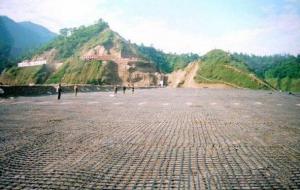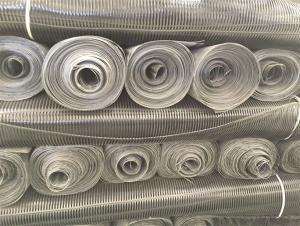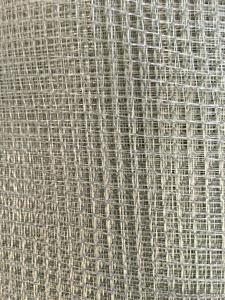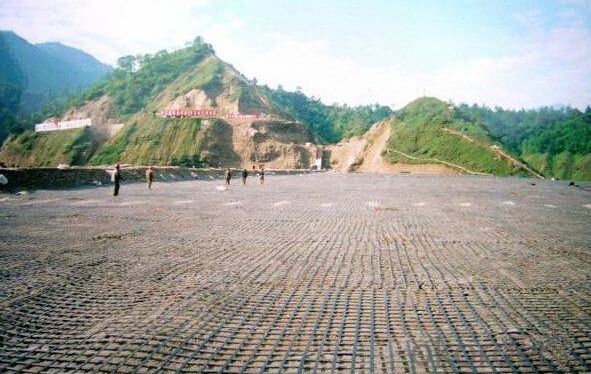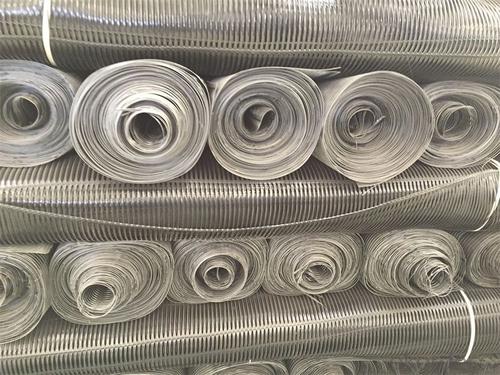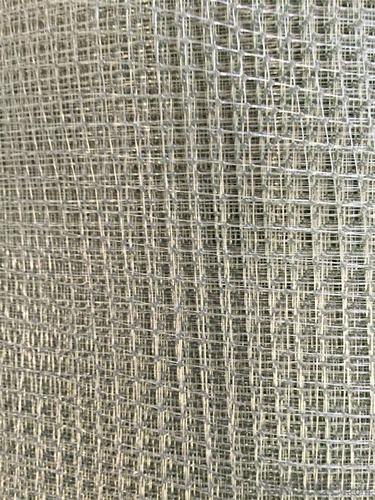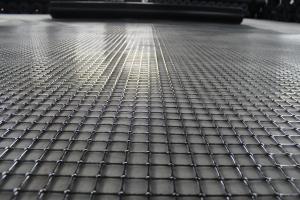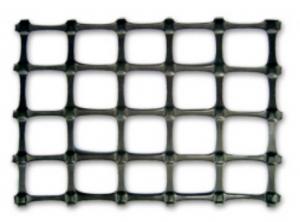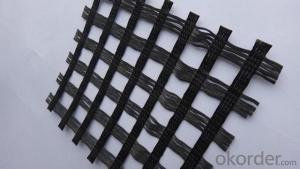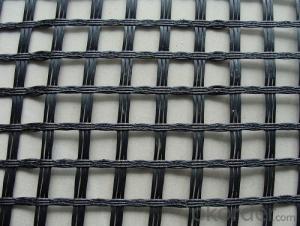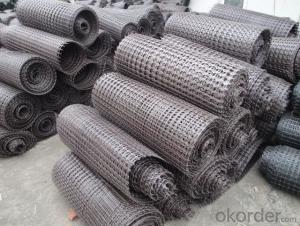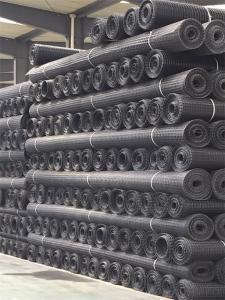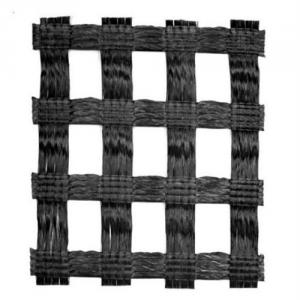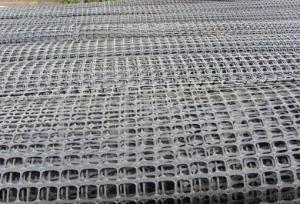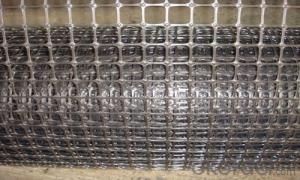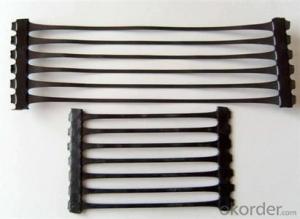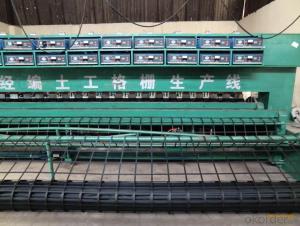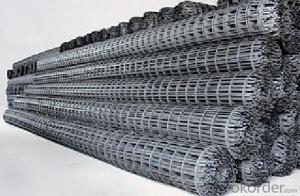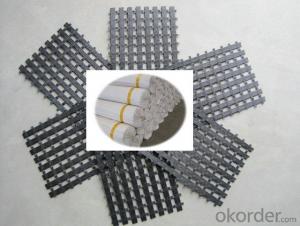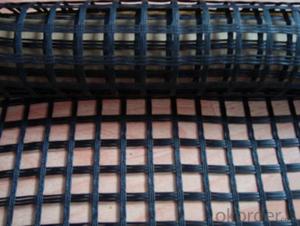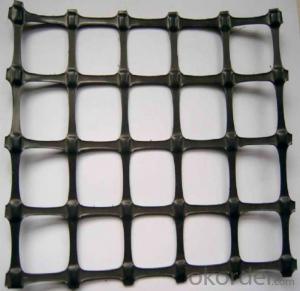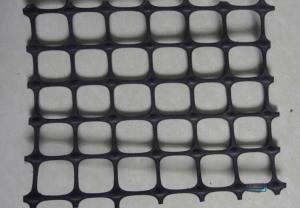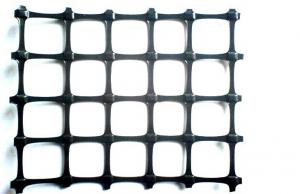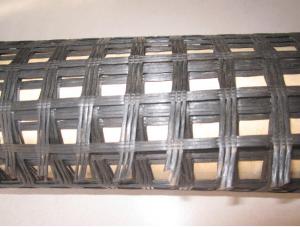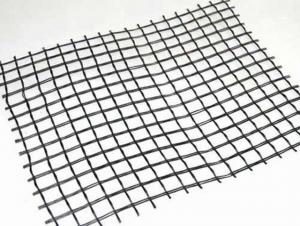High Tensile Geogrid Plastic Geogrid Embedment Length of Geogrids MSE Walls Factory Supply
- Loading Port:
- Qingdao
- Payment Terms:
- TT OR LC
- Min Order Qty:
- 5000 m²
- Supply Capability:
- 2000000 m²/month
OKorder Service Pledge
OKorder Financial Service
You Might Also Like
Specifications of Geogrid:
1. Prevent road collapse and crack
2. Prevent soil and water loss in slope
Applications of Geogrid:
Make reinforce treatment for various kinds of soft soil foundation to evenly distribute load stress and reduce uneven settlement, not easy to generate static electricity, and flammability property good in the coal mine. It is easy to wash coal.
Used in highway, railway, port, airport and municipal project. Support in the recovery working face of coal mine and roadway in the coal mine.
Index Properties | Test Method | Unit | GG1515 | GG2020 | GG3030 | GG4040 |
MD TD | MD TD | MD TD | MD TD | |||
Polymer | -- | -- | PP | PP | PP | PP |
Minimum Carbon Black | ASTM D 4218 | % | 2 | 2 | 2 | 2 |
Tensile Strength@ 2% Strain | ASTM D 6637 | Kn/m | 5 5 | 7 7 | 10.5 10.5 | 14 14 |
Tensile Strength@ 5% Strain | ASTM D 6637 | Kn/m | 7 7 | 14 14 | 21 21 | 28 28 |
Ultimate Tensile Strength | ASTM D 6637 | Kn/m | 15 15 | 20 20 | 30 30 | 40 40 |
Strain @ Ultimate Strength | ASTM D 6637 | % | 13 10 | 13 10 | 13 10 | 13 10 |
Structural Integrity | ||||||
Junction Efficiency | GRI GG2 | % | 93 | 93 | 93 | 93 |
Flexural Rigidity | ASTM D 1388 | Mg-cm | 700000 | 1000000 | 3500000 | 10000000 |
Aperture Stability | COE Method | mm-N/deg | 646 | 707 | 1432 | 2104 |
Dimensions | ||||||
Roll Width | -- | M | 3.95 | 3.95 | 3.95 | 3.95 |
Roll Length | -- | M | 50 | 50 | 50 | 50 |
Roll Weight | -- | Kg | 39 | 50 | 72 | 105 |
MD denotes Machine direction. TD denotes transverse direction. | ||||||
Property of Geogrid:
1.) Improve roadbed bearing capacity,enlarge road lifetime.
2.) Prevent road collapse and crack
3.) Prevent soil and water loss in slope
4.) Could replace steel-plastic geogrid in coal mine.
FAQ:
1. How to order your geogrid ?
a). Tensile strength in warp & weft direction
b). Grid size
c). Width and length
d). Quantity
2. Payment term .
a) TT
b) LC AT SIGHT
c) cash
d) 30% contact value as deposit ,the blance 70% be paid after received the copy of bl .
3. Delivery time
a) 19-25 days after received your depsit .
4. What is MQQ ?
a) 2500 m2 as MQQ , we can also produce sample for you .
Geogrid Show:

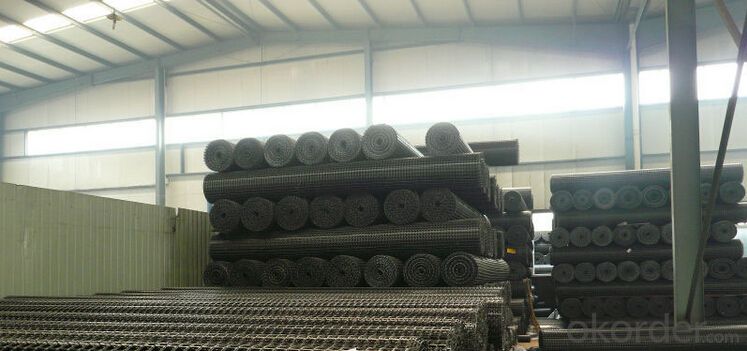
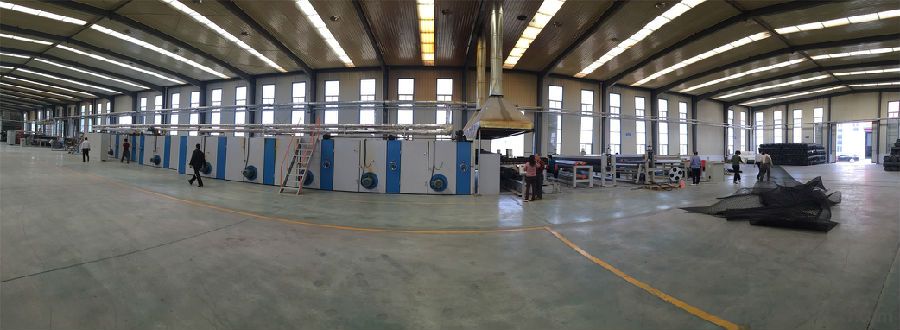
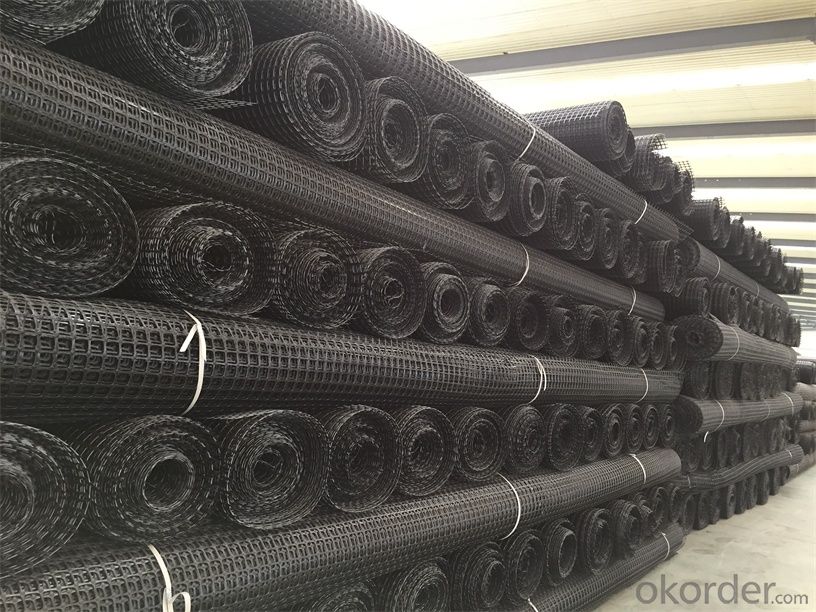
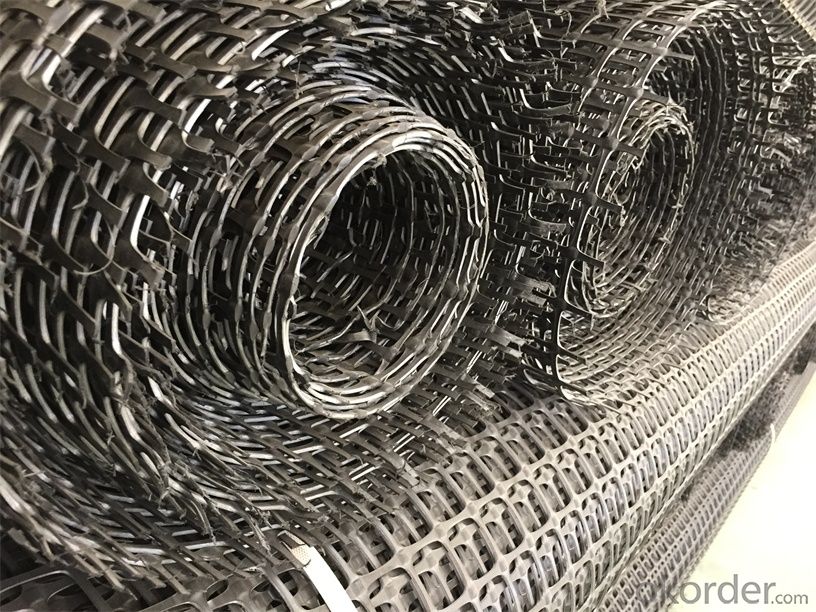
- Q: How do geogrids help in reducing soil erosion on slopes?
- Geogrids help in reducing soil erosion on slopes by providing reinforcement and stabilization to the soil, preventing it from sliding or eroding. They act as a barrier, distributing the weight and forces evenly across the slope, enhancing the soil's strength and preventing the movement of soil particles. This reinforcement allows vegetation to grow and establish roots more effectively, further reducing erosion by anchoring the soil in place. Overall, geogrids play a crucial role in maintaining slope stability and minimizing soil erosion.
- Q: Can geogrids be used in stabilization of riverbanks?
- Yes, geogrids can be used in the stabilization of riverbanks. Geogrids are commonly used in civil engineering projects to reinforce soil and prevent erosion. When used in stabilization of riverbanks, geogrids can help retain the soil, provide structural support, and reduce the risk of erosion caused by the river's flow.
- Q: Can geogrids be used in ground improvement projects?
- Yes, geogrids can be used in ground improvement projects. Geogrids are commonly employed to reinforce and stabilize the soil layers, enhancing their load-bearing capacity. They are particularly useful in projects that involve soft or weak soils, providing increased stability and preventing soil settlement. Geogrids are also effective in preventing soil erosion and improving the overall performance of the ground.
- Q: What are the long-term maintenance requirements for geogrid-reinforced structures?
- The long-term maintenance requirements for geogrid-reinforced structures typically involve periodic inspections to ensure the integrity and stability of the structure. This may include monitoring for signs of erosion, settlement, or damage to the geogrid or surrounding soil. Additionally, regular maintenance activities such as vegetation control, sediment removal, and drainage management may be necessary to prevent potential issues and ensure the long-term performance of the reinforced structure.
- Q: Can geogrids be used for reinforcement in embankments and dams?
- Yes, geogrids can be used for reinforcement in embankments and dams. Geogrids are high-strength synthetic materials that are designed to enhance soil stability and prevent erosion. They are commonly used in civil engineering projects, including embankments and dams, to improve the overall strength and stability of the structures. By providing additional tensile strength to the soil, geogrids help to distribute loads more evenly, reduce settlement, and prevent soil movement.
- Q: Are geogrids resistant to acid degradation?
- Yes, geogrids are generally resistant to acid degradation. They are commonly made from materials such as polypropylene or polyester which have excellent resistance to acidic environments. This resistance allows geogrids to maintain their structural integrity and performance even when exposed to acidic conditions.
- Q: Are geogrids suitable for railway track stabilization?
- Yes, geogrids are suitable for railway track stabilization. Geogrids are commonly used in railway construction and maintenance projects to enhance the stability and load-bearing capacity of the tracks. They provide reinforcement and prevent lateral movement of the ballast, helping to reduce track settlement and increase track longevity. Geogrids also improve the overall performance and safety of the railway infrastructure by minimizing track deformations and improving drainage.
- Q: Are geogrids suitable for reinforcing slope stabilization mats?
- Yes, geogrids are suitable for reinforcing slope stabilization mats. Geogrids are commonly used in conjunction with slope stabilization mats to provide additional strength and stability to the soil. They help distribute loads and prevent soil erosion, making them an effective solution for reinforcing slope stabilization mats.
- Q: As well as how to fill out the form, thank you!! Urgently
- Do you need a test report for the two-way geogrid or something?
- Q: What are the models and specifications of Geogrid for road
- There are many kinds of specifications for each grid, with reference to the national standard
Send your message to us
High Tensile Geogrid Plastic Geogrid Embedment Length of Geogrids MSE Walls Factory Supply
- Loading Port:
- Qingdao
- Payment Terms:
- TT OR LC
- Min Order Qty:
- 5000 m²
- Supply Capability:
- 2000000 m²/month
OKorder Service Pledge
OKorder Financial Service
Similar products
Hot products
Hot Searches
Related keywords
